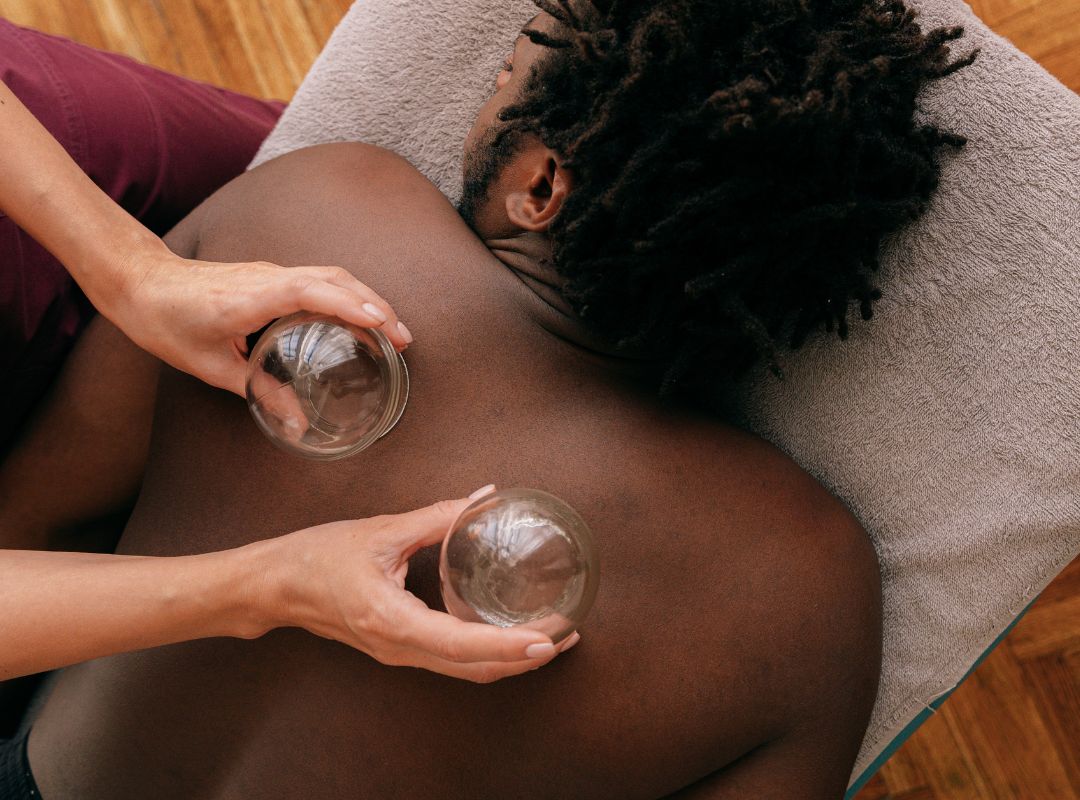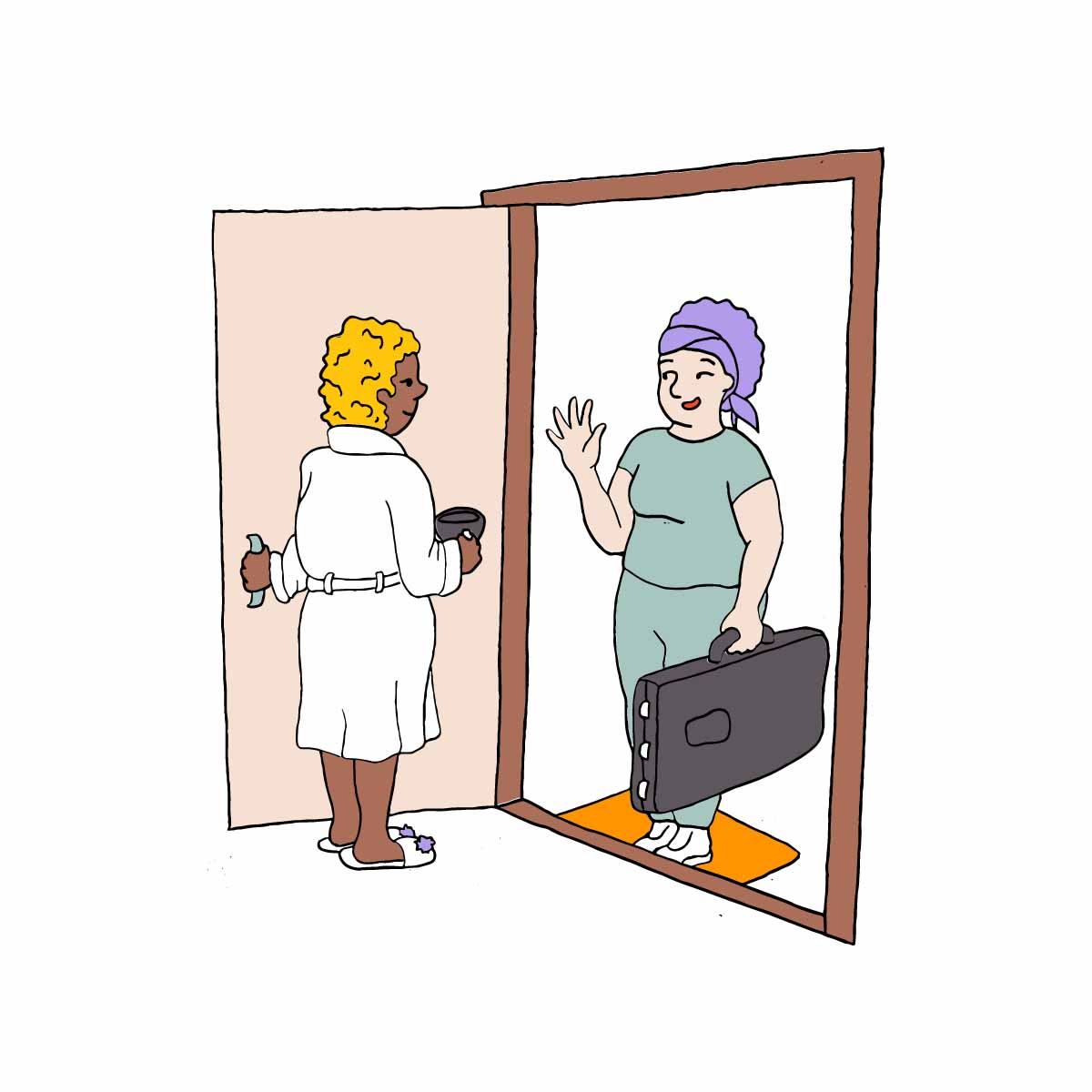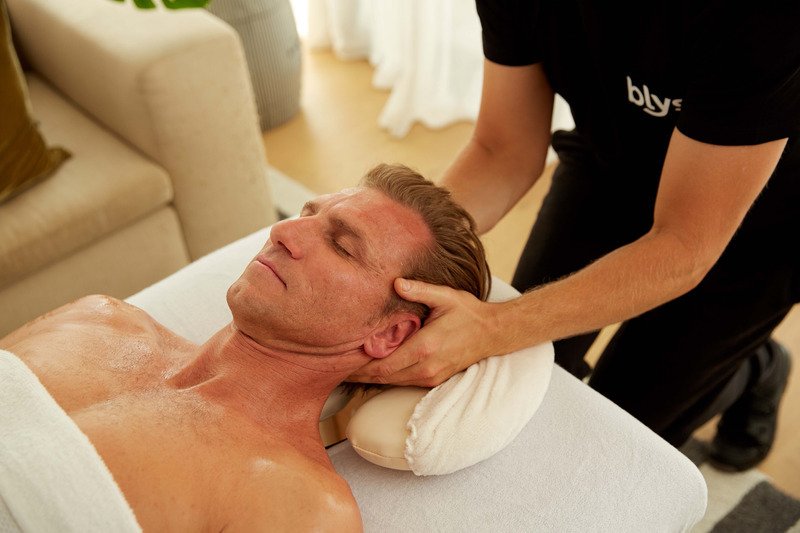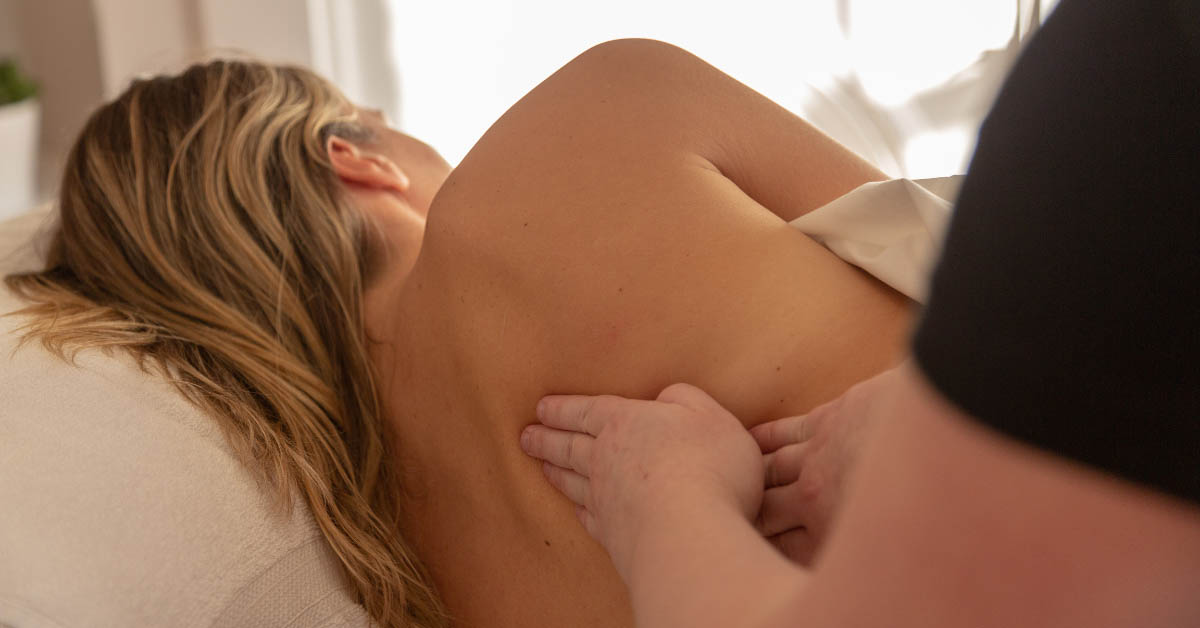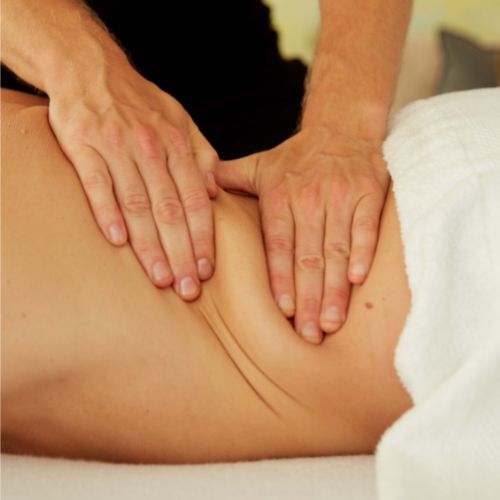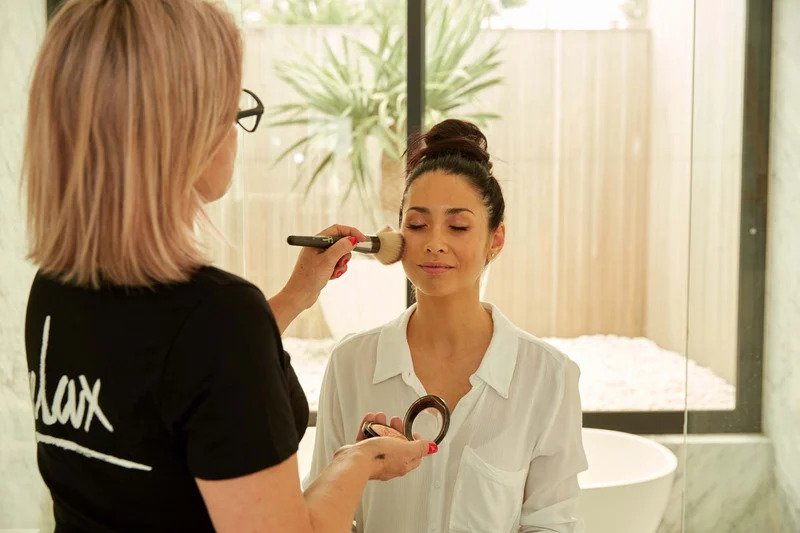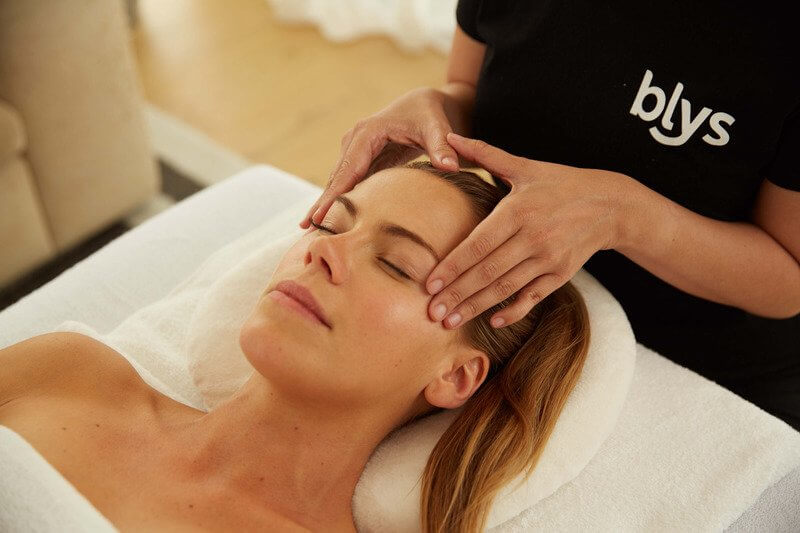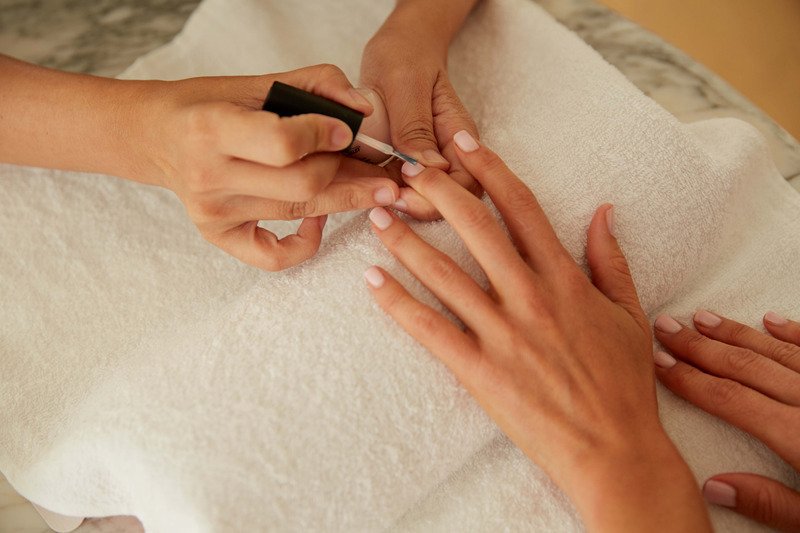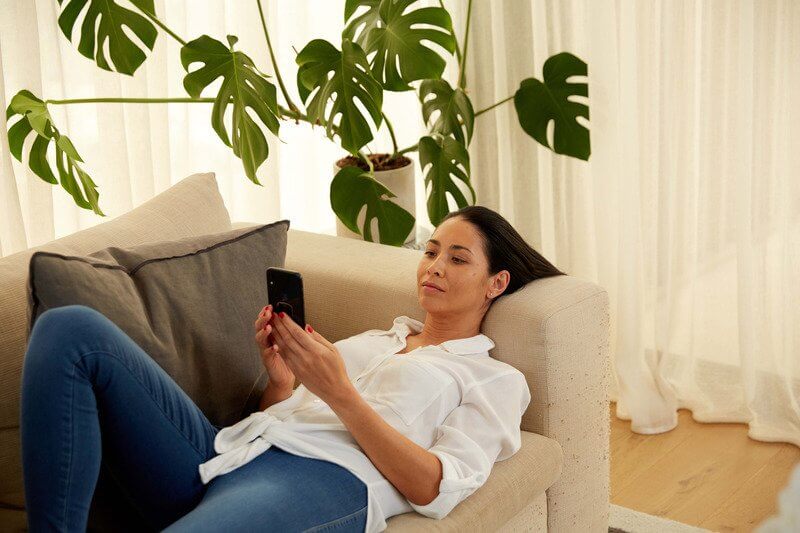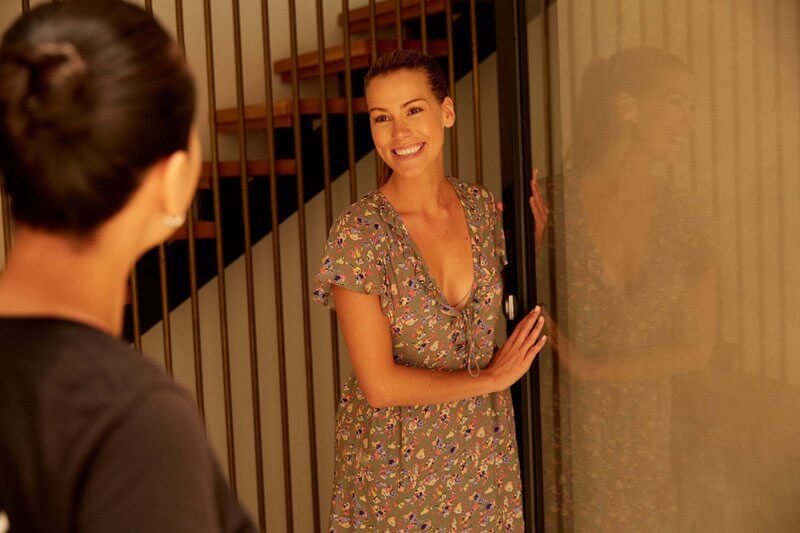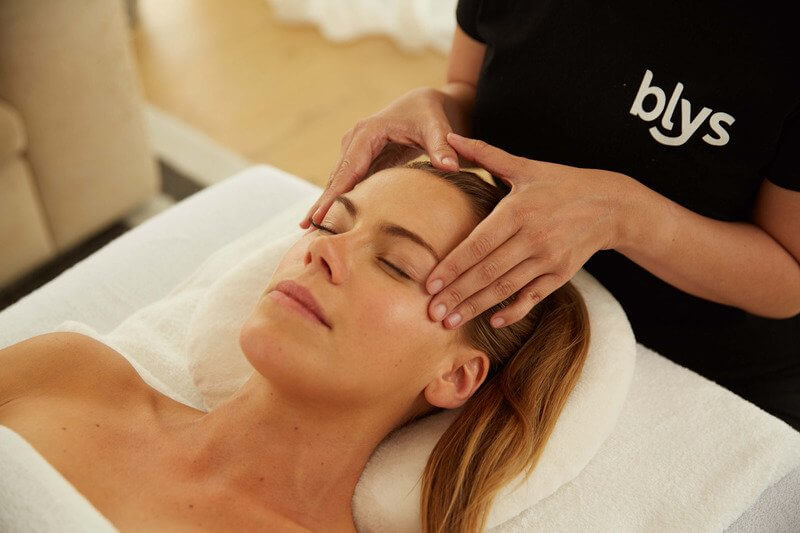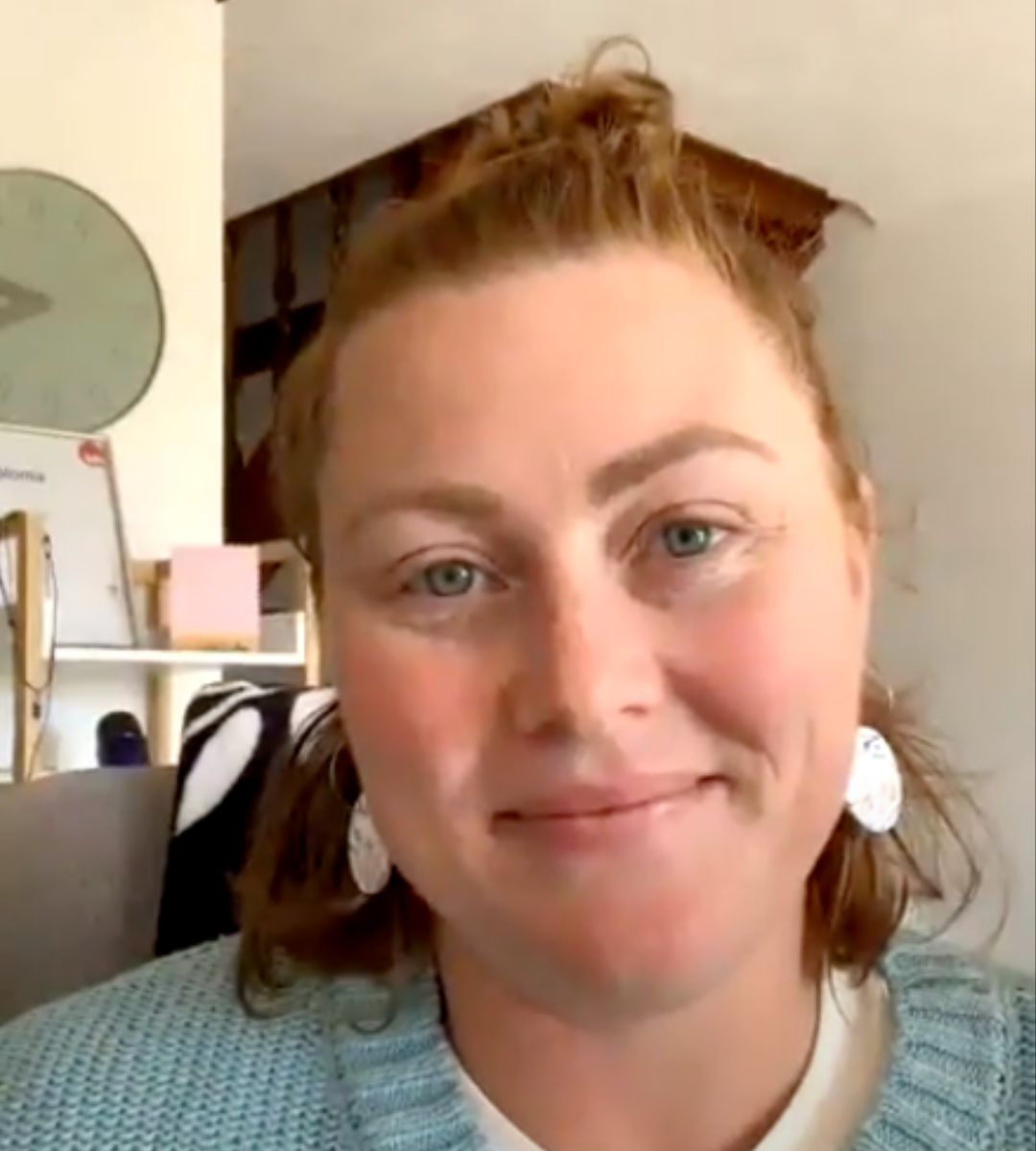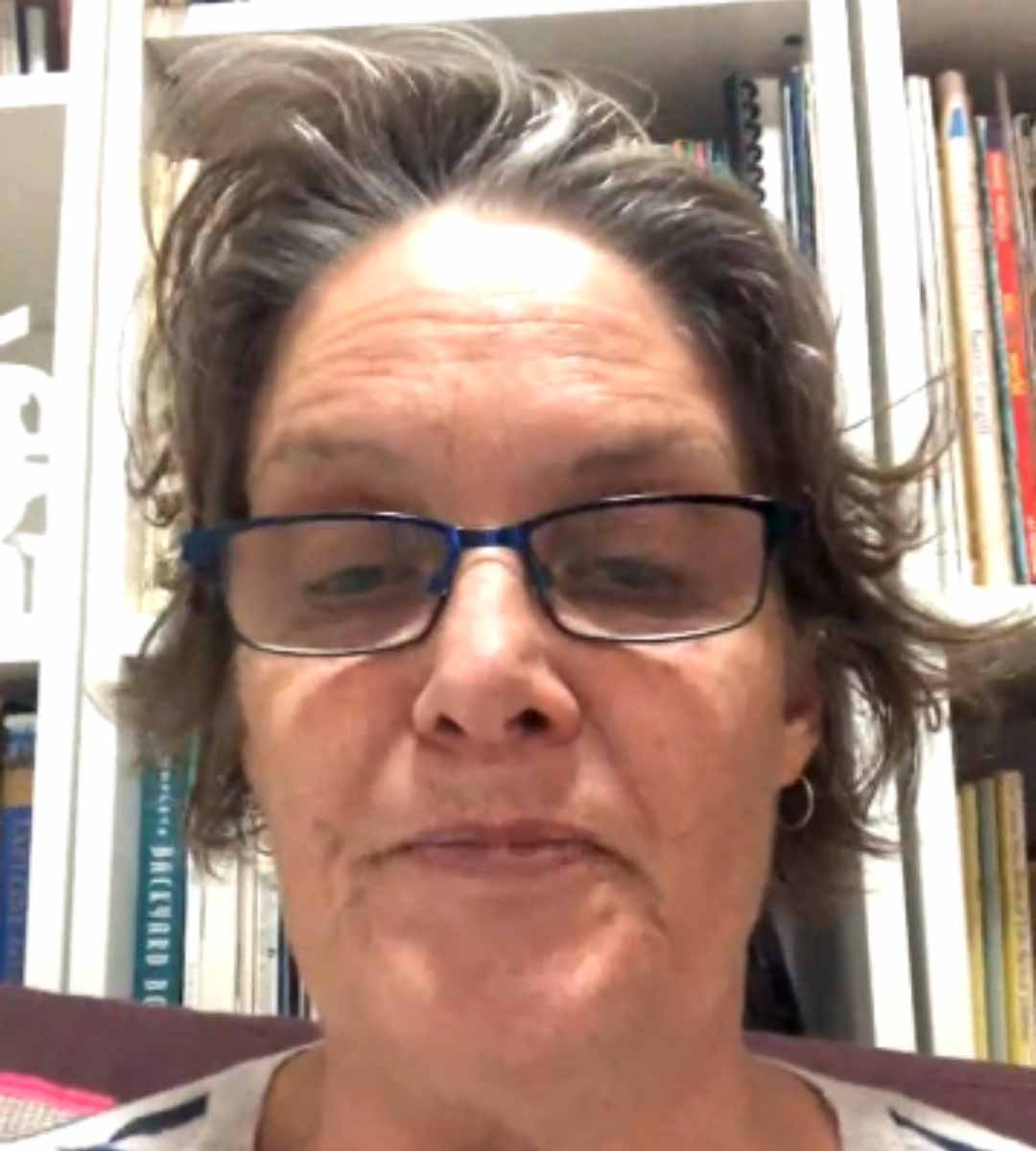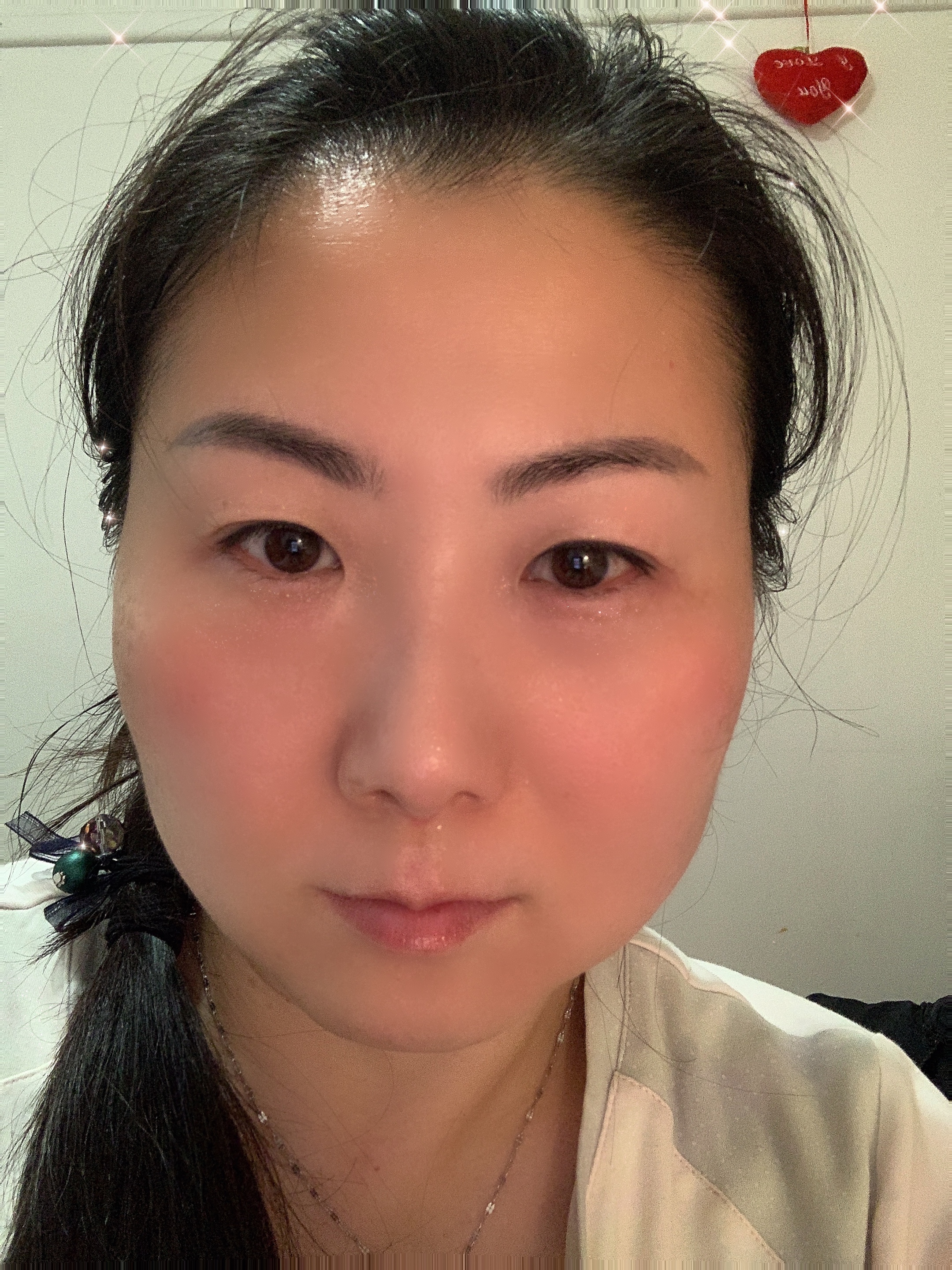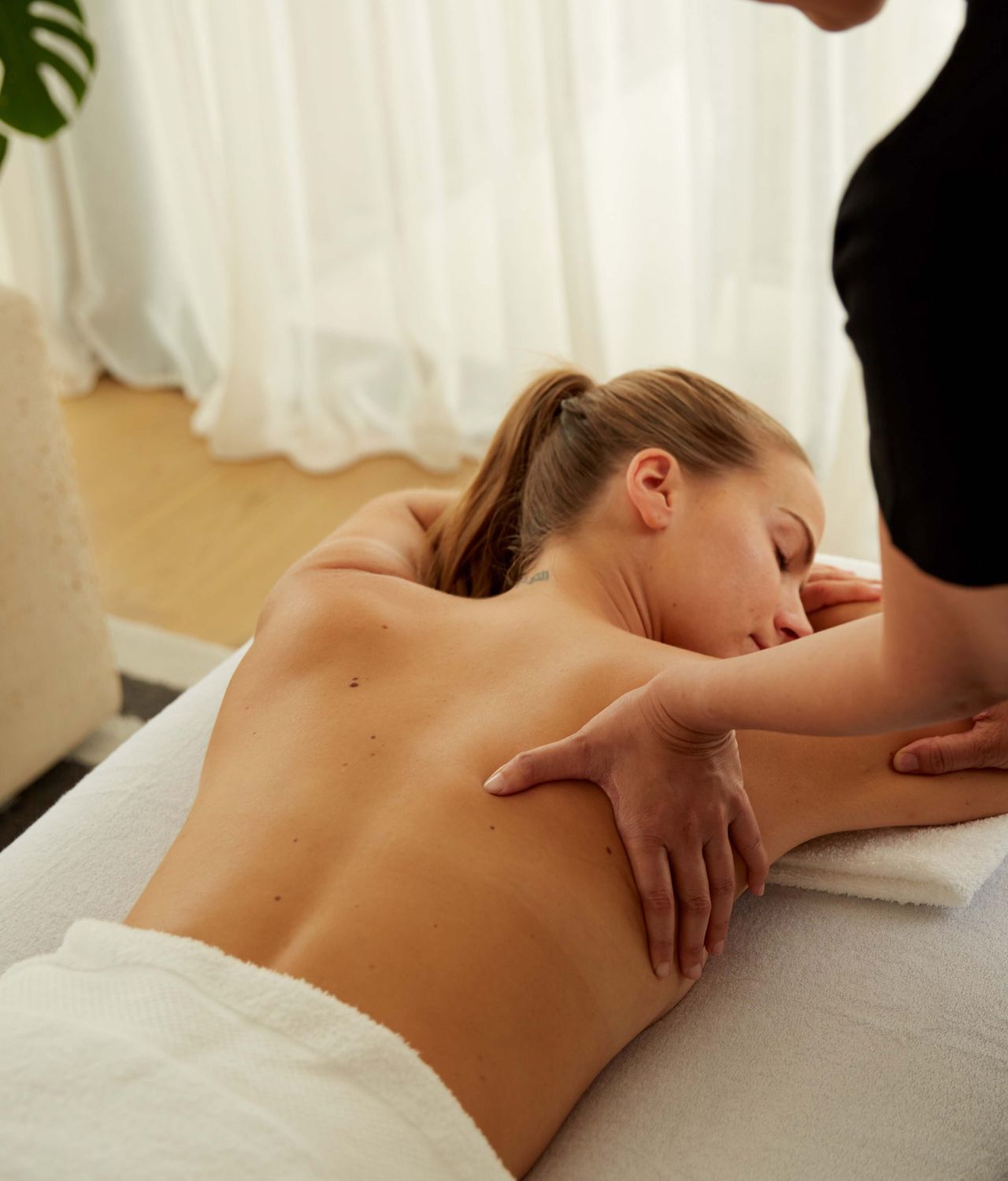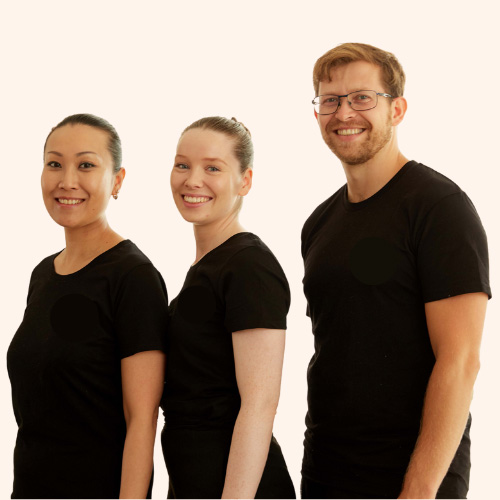Frequently Asked Questions
What are the benefits of cupping?
Benefits of cupping massage are: -Increased blood flow -Increased circulation within the body -Revitalising nervous system -Detoxifying -Reduces stretch marks, scars and varicose veins -Aids digestion -Pain relief, great for chronic pain management -Energy boost
Does cupping have long term effects?
Cupping has not proven to have long-term effects when dealing with chronic pain management. However, cupping therapy is recommended to do 1-2 times a week, making it a sustainable therapy method for pain relief.
What to expect after cupping?
Our recommendation? Take it easy, get extra rest and of course, stay hydrated to further expel any toxins released within the body!
Cupping is an exhaustive process for the body, relieving tension and increasing blood flow may lead to feelings of fatigue or tiredness post-appointment.
How often should you do cupping?
Cupping can be done 1-2 times every week! We recommend you consult with your cupping therapist to confirm the regularity of your cupping treatments.
What should you not do after cupping?
After your cupping treatment, try to avoid consumption of alcohol, caffiene or any food or drinks that will affect blood pressure (i.e., sugary or high dairy content foods). Also try to avoid intense exercise or any activity that will bring up your body temperature, such as hot showers, saunas or hot tubs.
Does cupping damage blood vessels?
Through the action of suctioning, tiny blood vessels (capillaries) are expanded and broken open. Cupping massage does not cause damage to the blood vessels, but allows for blood toxins to be released and expelled from the body.
Who should not get cupping done?
Clients with:
Bleeding disorders like haemophilia.
Blood clotting problems, such as deep vein thrombosis or history of strokes.
Skin conditions, including eczema and psoriasis.
Seizures (epilepsy).
Pregnancy
What is cupping massage used for?
Cupping therapy has been used for thousands of year to relieve back and neck pain. Modern cupping therapy offers up many physical benefits that come from cupping and the increase of blood flow. Cupping is now used to re-energise the body, reduce stretch marks, scars or varicose veins, aid in digestive problems and provide pain relief, especially for those that suffer from chronic pain.
Is hijama cupping painful?
Cupping therapy is not considered a painful or unsafe treatment, however, this type of therapy applies suction to different parts of the body. This means that there may be some discomfort during your appointment.
If you have any concerns about pain, it is advised that you bring it up during your consultation with your cupping therapist and alert your therapist during your appointment if any pain is felt.
Can we do cupping therapy at home?
You can definitely do cupping therapy at home, in fact, that’s the whole point of Blys! At Blys, we connect clients with providers that can perform different kinds of therapy from the comfort of your very own home. Cupping therapy at Blys is a great way to destress and re-energise without the inconvenience of travelling.
